When parents or guardians bring a rattle up to their faces, babies may first look at it with their eyes. However, when the rattle is transferred from one side to the other, babies learn to time & attendance or synchronize their eyes to monitor a moving object.
Rattles provide a source of stimulation for babies, they enjoy the makes-it sound, they make and follow the path of the rattle with their eyes, as well as a sense of discovery as they try to absorb and hold the rattle. Many rattles have a dual function, doubling as teethers as babies develop fine motor grasping. As their fine motor skills achieve better, they will learn to hold and shake their rattle in the air, boosting intellectual achievements.
At 3-6 months, babies are able to grasp toys and actually appreciate baby rattles that make noise. From 5 to 8 months, babies are gaining the ability to learn and apply new fine motor skills as their flexibility improves. Babies favor engaging toys with buttons, music, and colors that they can manage.
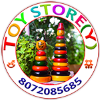
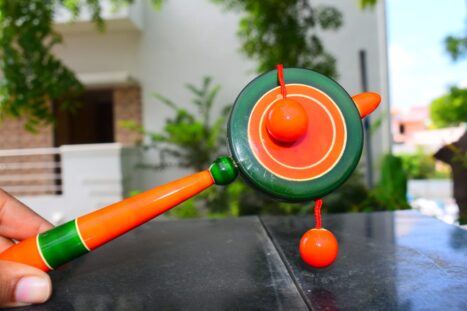

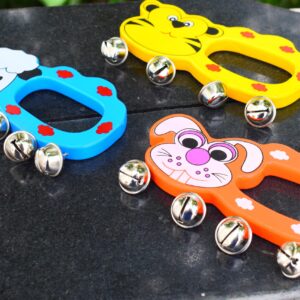
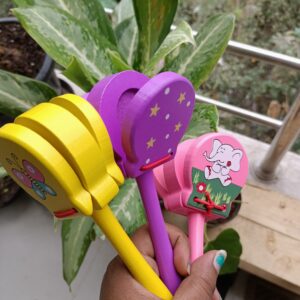
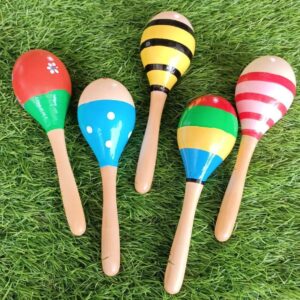
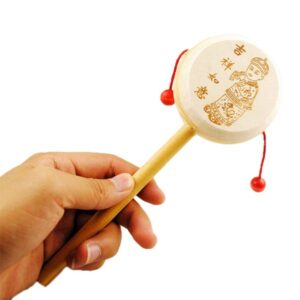
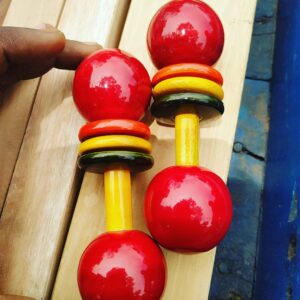
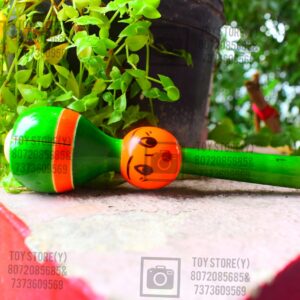
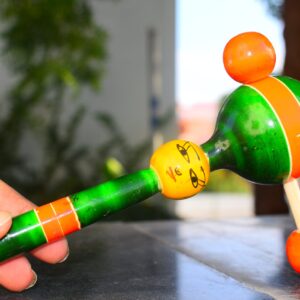
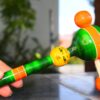

Sathya Gunasekaran –
Comparatively.. Smaller than the picture shown above.. and cracked little